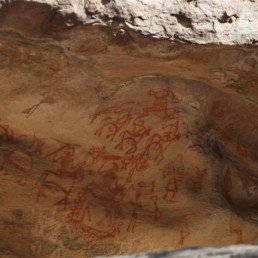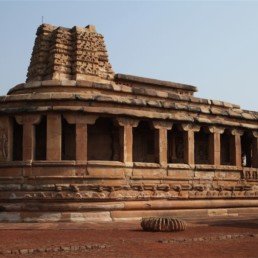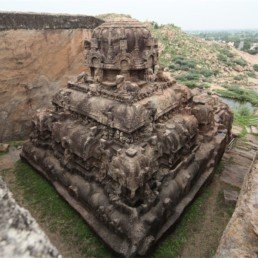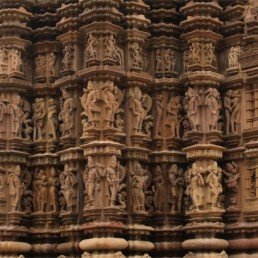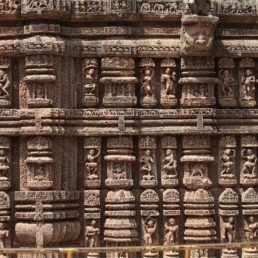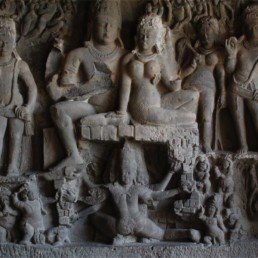MASTER WORKS


Work With ‘Columbia University’ of New York.
Department of Art History and Archaeology (2009)
- Bhimbetka Bhojpur Raisen, Madhya Pradesh The Bhimbetka rock shelters are an archaeological site in central India that spans the prehistoric Paleolithic and Mesolithic periods UNESCO World Heritage Site (2003)….
- The Ajanta Caves are approximately 30 rock-cut Buddhist cave monuments which date from the 2nd century BCE to about 480 CE in Aurangabad district of Maharashtra state of India UNESCO World Heritage Site i(1983)…
- Ellora is a UNESCO World Heritage Site located in the Aurangabad district of Maharashtra, India. It is one of the largest rock-cut monastery-temple cave complexes in the world, featuring Hindu, Buddhist and Jain monuments, and artwork, dating from the 600–1000 CE period…
- Junnar Buddhist Caves Narayangaon – Junnar Rd, Khanapur, Maharashtra…
- The Nasik Caves, or sometimes Pandavleni Caves, are a group of 24 caves carved between the 1st century BCE and the 3rd century CE, though additional sculptures were added up to about the 6th century, reflecting changes in Buddhist devotional practices mainly…
- The Bhojeshwar Temple is an incomplete Hindu temple in Bhojpur village of Madhya Pradesh, India. Dedicated to Shiva, it houses a 7.5 feet high lingam in its sanctum. The temple’s construction is believed to have started in the 11th century, during the reign of the Paramara king Bhoja
- Vaitaḷa deuḷa or Baitala deuḷa is an 8th-century Hindu temple dedicated to Goddess Chamunda India.
- The Khajuraho Group of Monuments is a group of Hindu temples and Jain temples in Chhatarpur district, Madhya Pradesh, India, about 175 kilometres southeast of Jhansi. They are a UNESCO World Heritage Site. The temples are famous for their nagara-style architectural symbolism and their erotic sculptures
- Konark Sun Temple is a 13th-century CE Sun temple at Konark about 35 kilometres northeast from Puri on the coastline of Odisha, India. The temple is attributed to king Narasimhadeva I of the Eastern Ganga Dynasty about 1250 CE.
- Mamallapuram, or Mahabalipuram, is a town on a strip of land between the Bay of Bengal and the Great Salt Lake, in the south Indian state of Tamil Nadu. It’s known for its temples and monuments built by the Pallava dynasty in the 7th and 8th centuries. The seafront Shore Temple comprises 3 ornate granite shrines. Krishna’s Butter Ball is a massive boulder balanced on a small hill near the Ganesha Ratha stone temple.
- The Badami cave temples are a complex of Hindu and Jain cave temples located in Badami, a town in the Bagalkot district in northern part of Karnataka, India. The caves are considered an example of Indian rock-cut architecture, especially Badami Chalukya architecture, which dates from the 6th century.
- Thanjavur is a city in the south Indian state of Tamil Nadu. Its many temples include the 11th-century Brihadeeswarar Temple, a vast Chola dynasty–era complex with a frescoed interior.
- Aihole, also referred to as Aivalli, Ahivolal or Aryapura, is a historic site of ancient and medieval era Buddhist, Hindu and Jain monuments in Karnataka, India dated from the sixth century through the twelfth century CE, though the most of the surviving monuments date from the 7th to 10th centuries.
- Kalugumalai is a panchayat town in Kovilpatti Taluk of Thoothukudi district in the Indian state of Tamil Nadu. Kalugumalai is 21 km and 22 km from Kovilpatti and Sankarankovil respectively. The place houses the rockcut Kalugasalamoorthy Temple, monolithic Vettuvan Koil and Kalugumalai Jain Beds
- The Kanheri Caves are a group of caves and rock-cut monuments cut into a massive basalt outcrop in the forests of the Sanjay Gandhi National Park, on the former island of Salsette in the western outskirts of Mumbai, India.
- Pattadakal, also called Paṭṭadakallu or Raktapura, is a complex of 7th and 8th century CE Hindu and Jain temples in northern Karnataka.
-
The Stupa No. 2 at Sanchi, also called Sanchi II, is one of the oldest existing Buddhist stupas in India, and part of the Buddhist complex of Sanchi in Madhya Pradesh. UNESCO World Heritage Site (1989)


